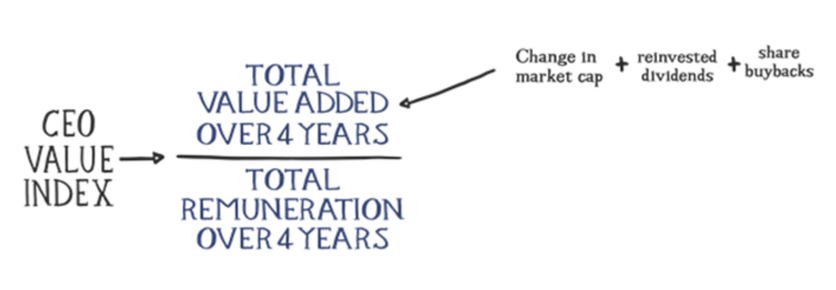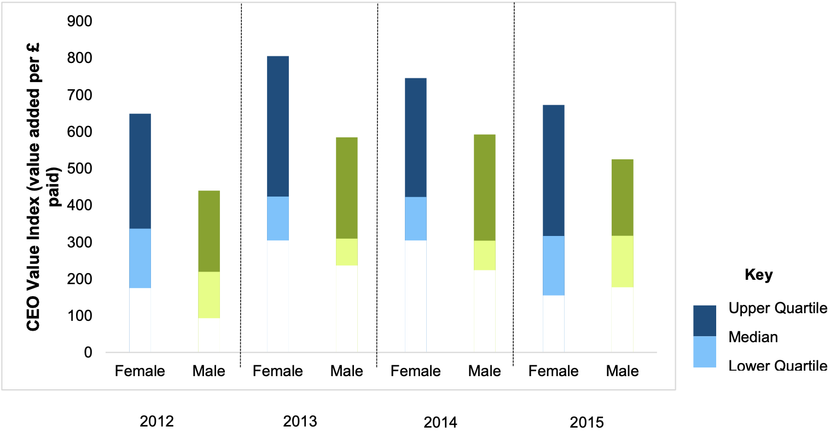Why Women Are Increasingly Influencing the Executive Pay Debate
According to former UK Trade Minister Lord Davies—who you may recall wrote The Davies Review which focused on the task of improving the gender balance on the boards of Britain’s biggest companies—around 12 percent of board members amongst FTSE 100 companies in 2011 were women. By 2015 that figure had risen to 26 percent.
To quote Lord Davies, “The focus of our work was on fixing the boardroom. We’ve done that and there are very few all-male boards left”. So far so good, in other words.
But there is potentially a much more interesting story: women are increasingly influencing the executive pay debate, in a good way.
Of the 149 largest listed companies in the UK by market capitalisation (source: CapIQ), 52 (35 percent) have a female chair of the remuneration committee. This is incredibly significant, because it is even more positive (in terms of gender diversity) as well as being highly significant for the development of executive pay policy.
As board advisors on remuneration, we know the ‘new normal’ is a powerful female chair of the remuneration committee (‘remco’) tackling difficult issues of executive pay, highly motivated to understand what is going on, focused on solutions and typically bringing with them a holistic view on the question: ‘What are we paying for?’
Remco chairs often play various roles, as:
- “Facilitator/Incentiviser”: sees their primary task as supporting management in the achievement of agreed business strategy. Compensation is a means to that end.
- “Regulator/Policeman”: sees their primary task as managing compliance to regulatory requirements, institutional shareholder guidelines on compensation, and best practice governance. Compensation needs to be controlled to that end.
- “Brand Manager”: sees their primary task as balancing the potentially conflicting interests of stakeholders in order to enhance the organisation’s brand. Compensation needs to be managed towards that end.
Overall, the “Brand Manager” approach is probably the best way to balance the many competing issues at stake. It may be that new, female remco chairs bring more of this style, in terms of their way of thinking.
It would be interesting to know if female remco chairs, who perhaps take this newer approach, are more effective at getting the best value from their CEOs for the sums invested in executive pay. What does the data tell us?
Rem.n's UK CEO Value Index, the simple ‘rule-of-thumb’ used to guide remuneration decisions, measures how much value an executive adds to the shareholders for every pound paid in CEO remuneration. This focus on the value rather than the cost of executives has produced many insights over the years, including that changing a CEO provides good value and that the CEOs of mid-sized companies are often poor value for money.
The index uses a simple two component methodology:
- Total Value Added to shareholders by the company over the four years prior to June 30th in the current year. The calculation comprises the change in market capitalisation, dividends and share buybacks.
- Total Remuneration paid to the CEO over the same four year period.

We wondered if data analysed for the Value Index could tell us what difference a female remuneration committee chair makes?
The answer was quickly clear: companies with female remco chairs (as of May 2016) have consistently outperformed those with male counterparts in our CEO Value Index.
As a result of this analysis, we have a few questions:
- Are female remuneration committee chairs more vigilant on executive pay? (Remember, a good Value Index is not simply a matter of keeping the lid on quantum, it also requires top performance.)
- Are these companies more forward-looking?
- Is it the larger companies which have female remuneration committee chairs and if so, is it company size that has an impact?

We don’t know, yet. However, we believe this provides some interesting food for thought, and we welcome your comments on this analysis and the reasons which you feel may have contributed to these findings.
You can reach me by email: simon.patterson@remunerationassociates.com or on Twitter @SimonNPatterson.
